11 Grasses That Grow In Shade (With Pictures)
-

- Last updated:
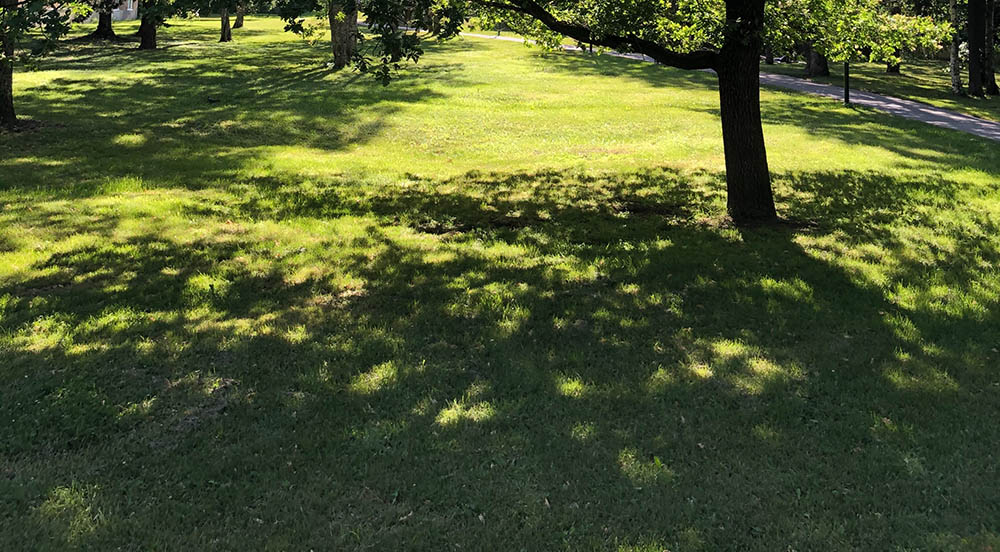
Having a full and lush lawn is something that most gardeners and homeowners desire. It can be frustrating to see your lawn begin to thin, brown, and die in the shady parts of your yard. How can you combat dead spots caused by shade? The good news is that there are a variety of different species of grass that will grow in the shade. This will make keeping your lawn green and full easier than ever, especially if you have a yard that does not always receive full sun.
Here are the different species of grass that can grow in the shade, including turf, groundcover, and ornamental varieties.
The 11 Grasses That Grow In Shade
Standard Grasses
1. Saint Augustine Grass
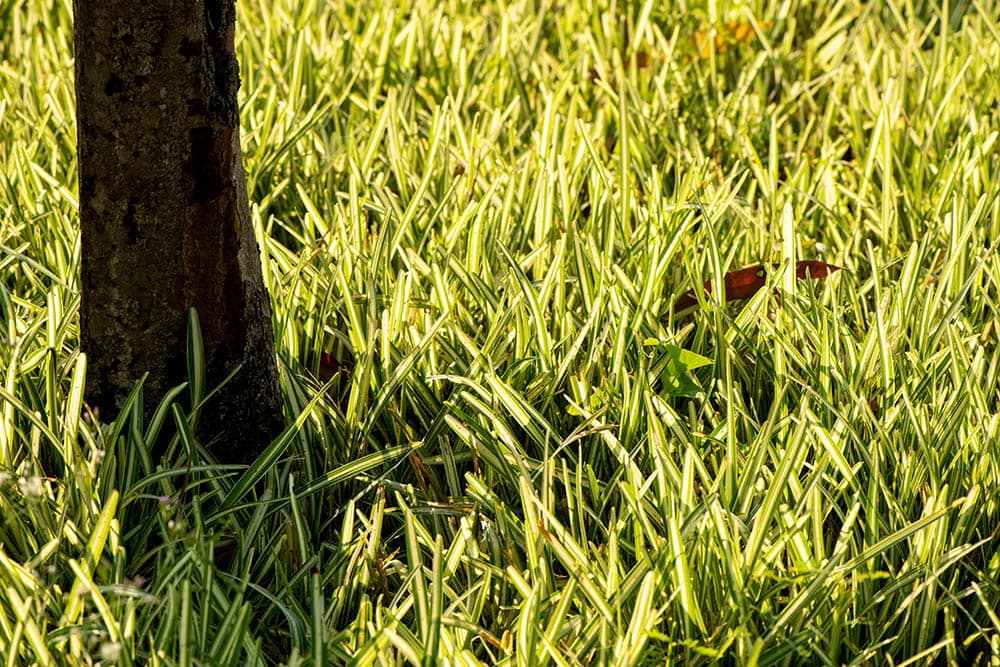
| Scientific name: | Stenotaphrum secundatum |
| Climate: | Warm |
Saint Augustine grass is a popular warm-weather grass that is heavily cultivated in tropical and subtropical climates. Saint Augustine grass is very hardy and naturally crowds out most of its competition. It’s also highly shade-tolerant. Saint Augustine grass will not grow in areas of deep or constant shade, but it will happily grow in a shady yard with some tree cover. If you live in a warm climate and are looking for thick turf grass that can grow in the shade, this is a great choice.
2. Zoysia grass

| Scientific name: | Zoysia |
| Climate: | Warm |
Zoysia hails from the warm climates of Australia and the Pacific but has adapted to grow in nearly any environment. Zoysia is versatile enough to grow in hot climates, temperate climates, shady areas, wet areas, or dry areas. This versatility has made it a popular lawn grass and a popular choice for golf courses to add to their greens. Zoysia can grow in partial shade and can thrive in a variety of different environments, from islands in the Pacific to golf courses in the central United States.
3. Centipedegrass
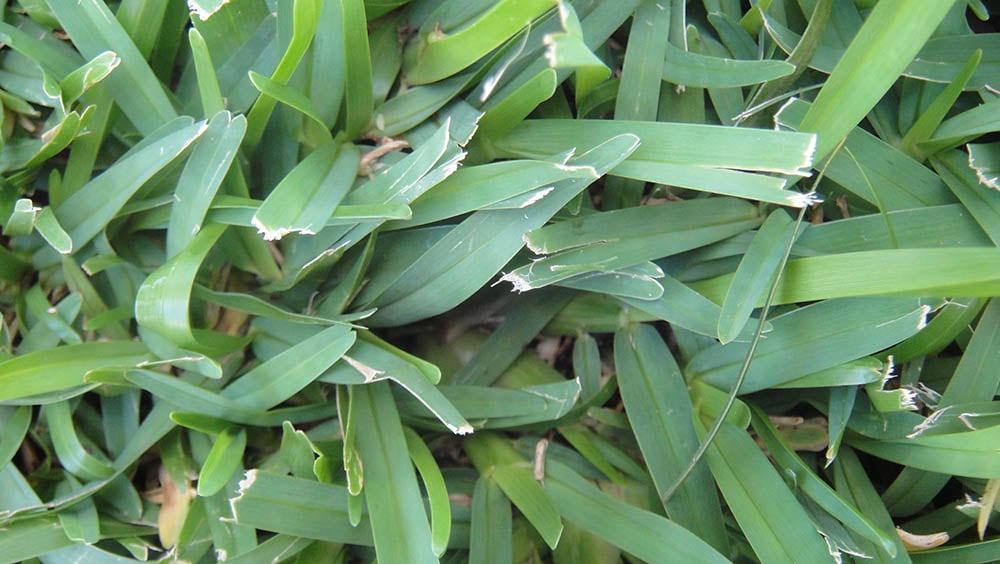
| Scientific name: | Eremochloa ophiuroides |
| Climate: | Warm |
Centipedegrass was introduced to the United States in 1916 by way of China. Since then, it has decided that it likes its new home. Centipedegrass quickly spread to become one of the most common grasses in the southeastern United States. It has a medium shade tolerance, requires infrequent mowing, and is generally considered low maintenance all around. Centipedegrass is a great option for people who live in warm climates looking for super low maintenance grass that has a good amount of shade tolerance. There’s a reason this grass has spread so quickly in the past century.
4. Fescue
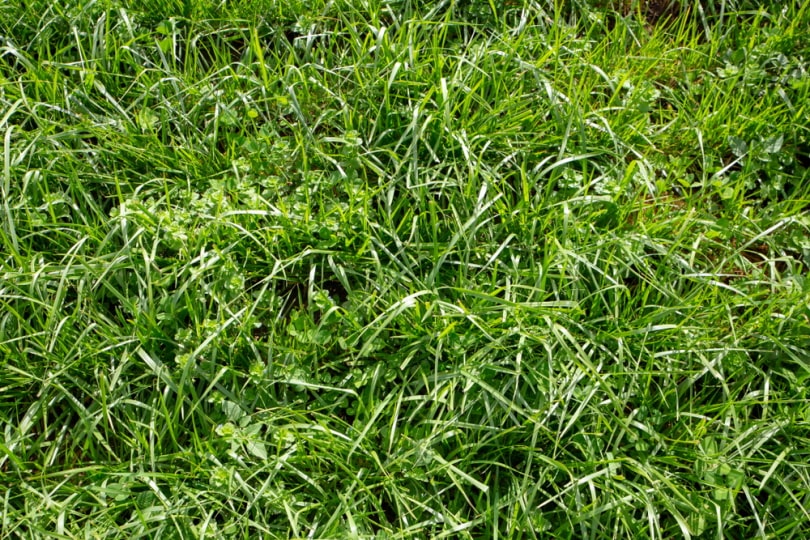
| Scientific name: | Festuca |
| Climate: | Cool |
Fescue is one of the most widespread types of grass in the world. It can be found on every continent, save for Antarctica. There are hundreds of different species of fescue, and all of them are very hardy and adaptable. Fescue is a common turfgrass as well as an ornamental grass. It is drought tolerant and shade tolerant. Fescue is a very popular choice for lawns in the northern United States and is generally considered to be low maintenance.
5. Bluegrass
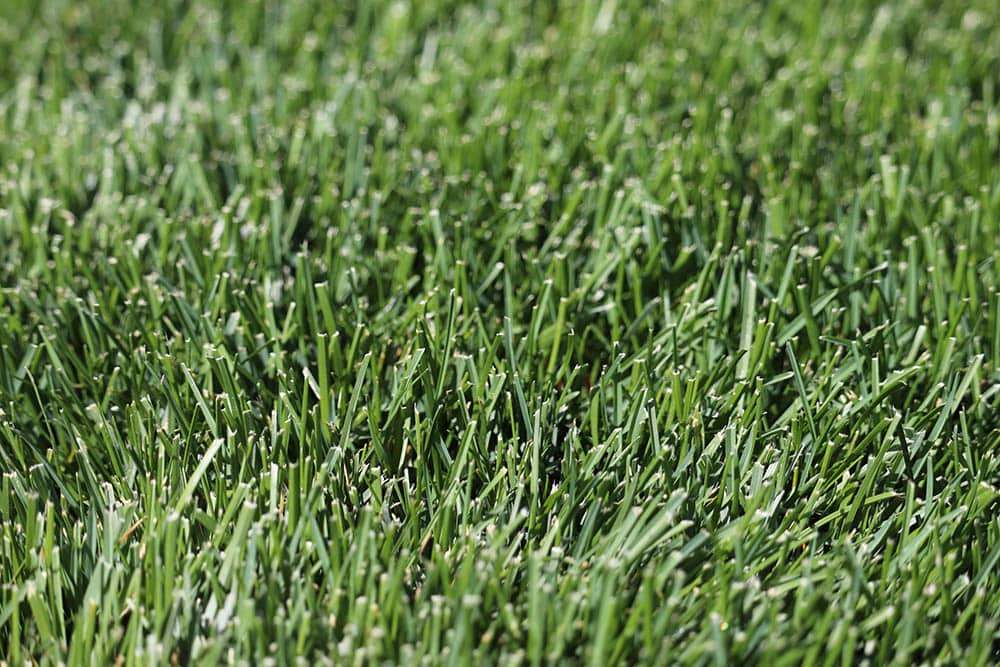
| Scientific name: | Poa pratensis |
| Climate: | Cool, humid |
Bluegrass is a common pasture grass that has become famous in the rolling pastures of Kentucky’s horse country. Bluegrass loves cool, humid climates and was originally imported from Spain during the Age of Exploration. Bluegrass is used in home lawns, park greens, football stadiums, and commercial pastures. It’s shade tolerant and is very soft underfoot. Bluegrass is an excellent option for homeowners in the central and coastal regions of the eastern United States.
6. Ryegrass
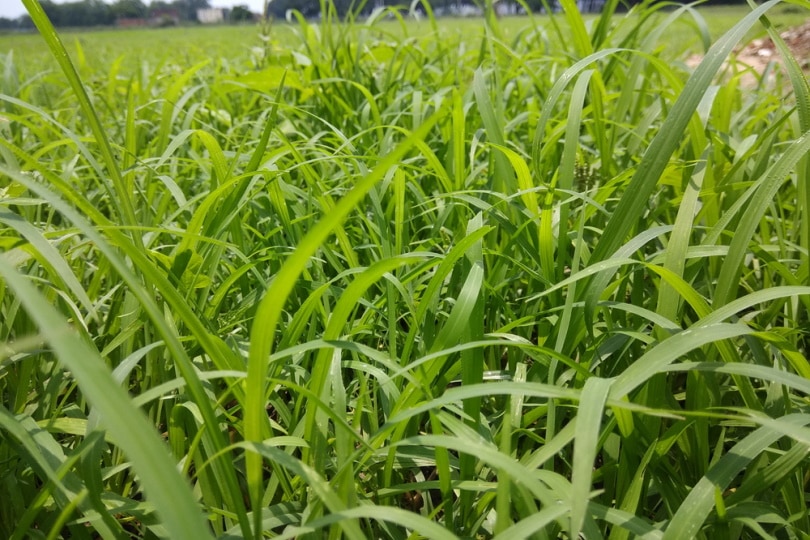
| Scientific name: | Lolium |
| Climate: | Cool |
Ryegrass is related to a large number of other grasses on this list. Ryegrass is a subclass of bluegrass and is closely related to fescue. The result is another species of grass that grows well in cool climates and is shade tolerant. Ryegrass is not as shade tolerant as other grasses. It grows best in light shade and does not thrive in partial shade. However, ryegrass is much more tolerant of cold temperatures than other grasses. That makes ryegrass a great choice for people who have a mostly open lawn and live in areas that get cold winters and short summers.
Ornamental Grasses
7. Northern Sea Oats
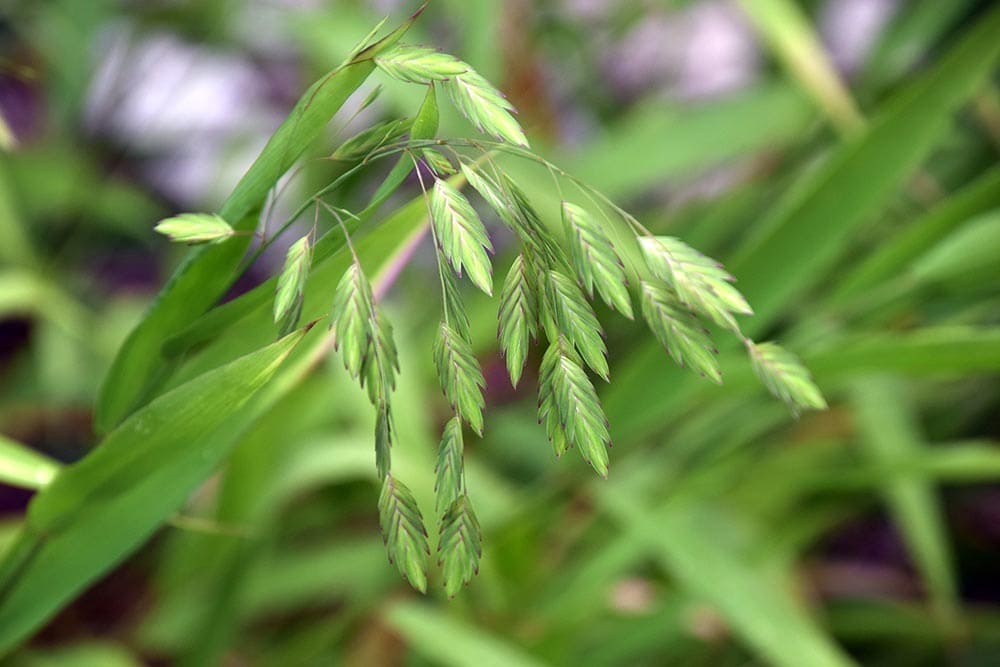
| Scientific name: | Chasmanthium latifolium |
| Climate: | Cool |
Northern sea oats are a species of grass native to North America. It is a hardy perennial grass that will come back vigorously year in and year out. This grass grows most commonly in an area called the riparian zone. This is an area of open ground between the edge of a forest and a riverbank. Northern sea oats are also sometimes called river oats for this reason. Today, this grass is used primarily in landscaping and thrives in partial shade.
8. Junegrass
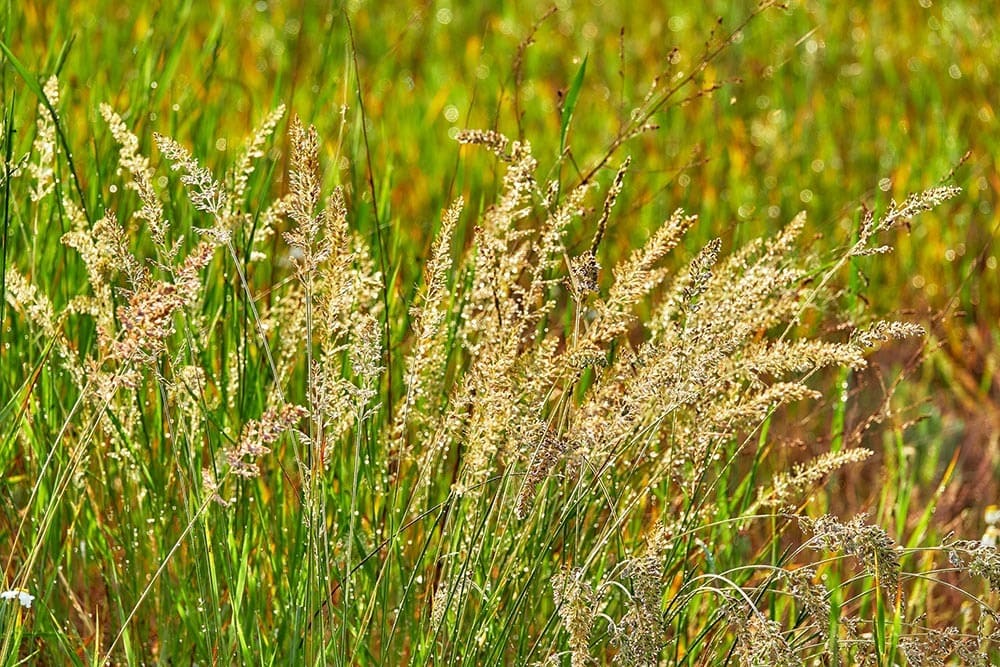
| Scientific name: | Koeleria macrantha |
| Climate: | Cool |
Junegrass is a type of widespread prairie grass that is cultivated for ornamental purposes. Junegrass prefers full sun, but it will grow just fine in light shade, and in warm climates. It can even grow in partial shade. Junegrass is a hardy species of grass that occurs in various environments across North America and Europe. It is most prevalent in open grassland prairies, but it can be found almost anywhere. Junegrass is most often used as a hardy decorative grass that will do great in shady areas of your lawn or garden.
9. Tufted Hairgrass
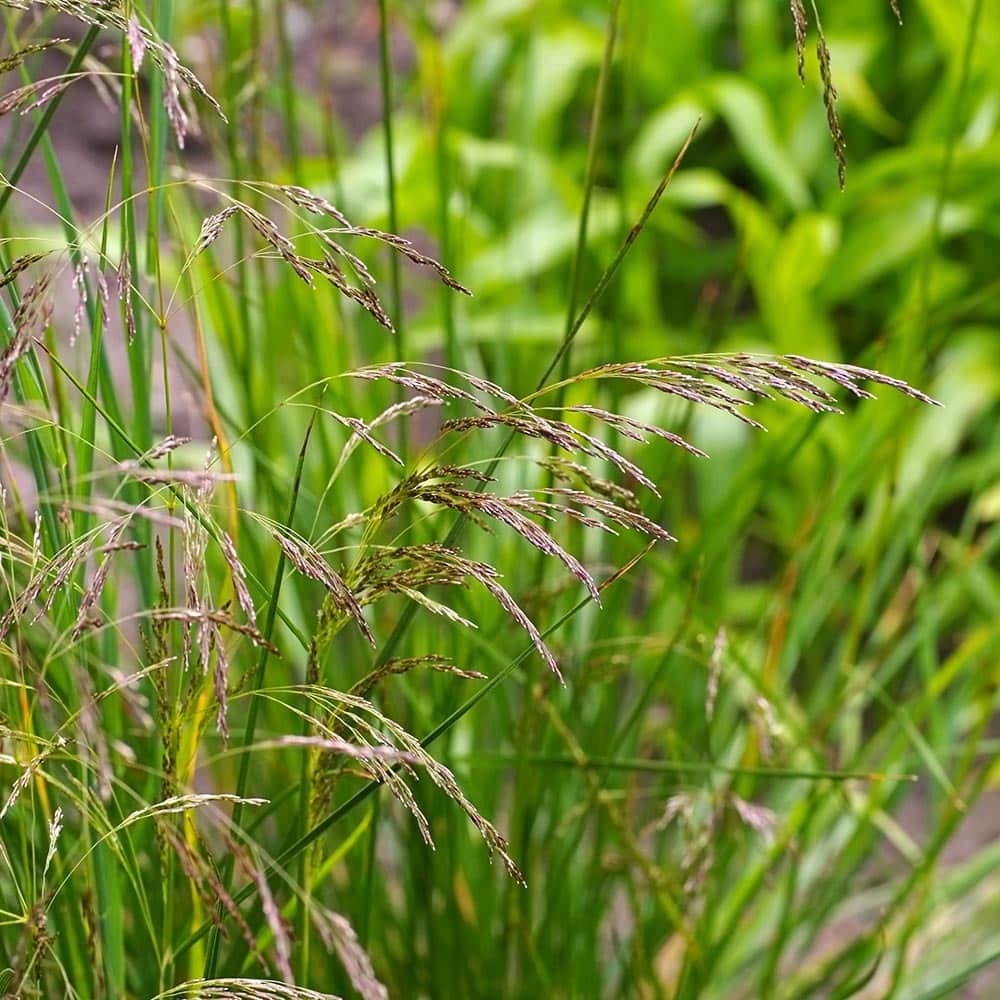
| Scientific name: | Deschampsia cespitosa |
| Climate: | Cool |
Tufted hairgrass is a whimsical species of ornamental grass that has been growing in popularity as of late. Tufted hairgrass even won the distinguished Royal Horticultural Society’s Award of Garden Merit in the United Kingdom. That award lavishes high praise on this particular species of grass. Tufted hairgrass is happy growing in the shade, and it likes cool climates. Tufted hairgrass often grows in climates with shorter summers and cool winters. If you want an award-winning species of shade-tolerant ornamental grass, tufted hairgrass is the way to go.
10. Sweet Flag
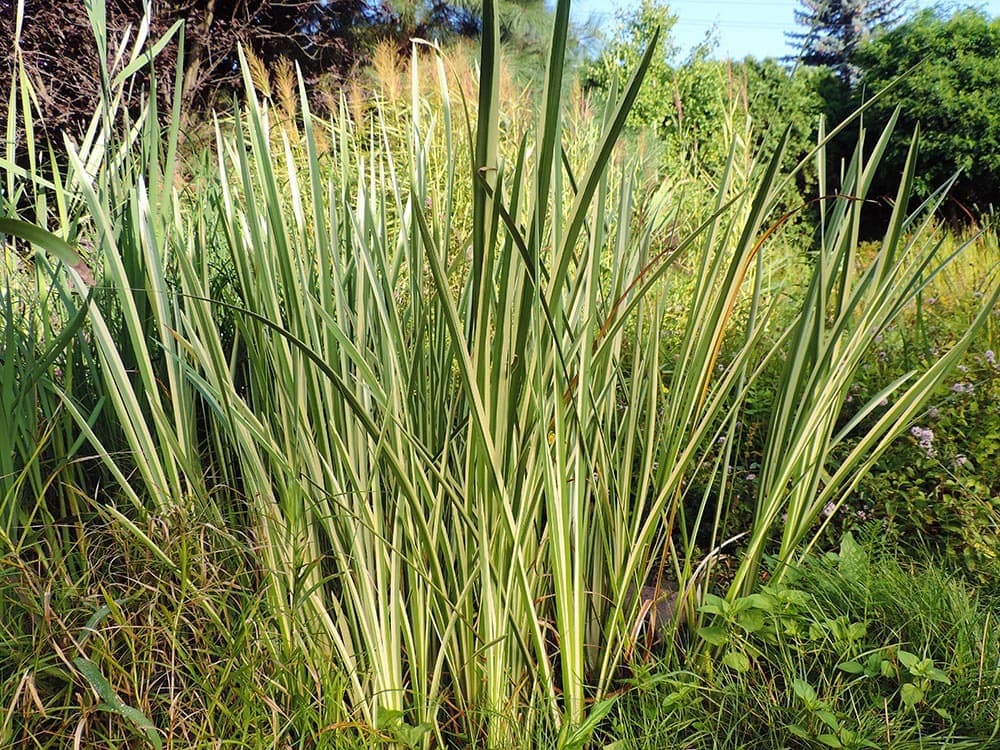
| Scientific name: | Acorus calamus |
| Climate: | Cool and wet |
Sweet flag is a type of marsh grass that likes to grow in soggy and wet areas. This type of grass loves shady areas along the edges of ponds, lakes, and rivers. If you have a property that backs up to a creek, retention pond, or lake, you are in the perfect spot to grow a sweet flag. Sweet flag thrives in cool shady environments with a lot of water nearby. This ornamental grass makes a great barrier plant around bodies of water. It also has a long, storied history of being used in traditional medicine and mentions of this grass date back over 3000 years.
11. Lemongrass
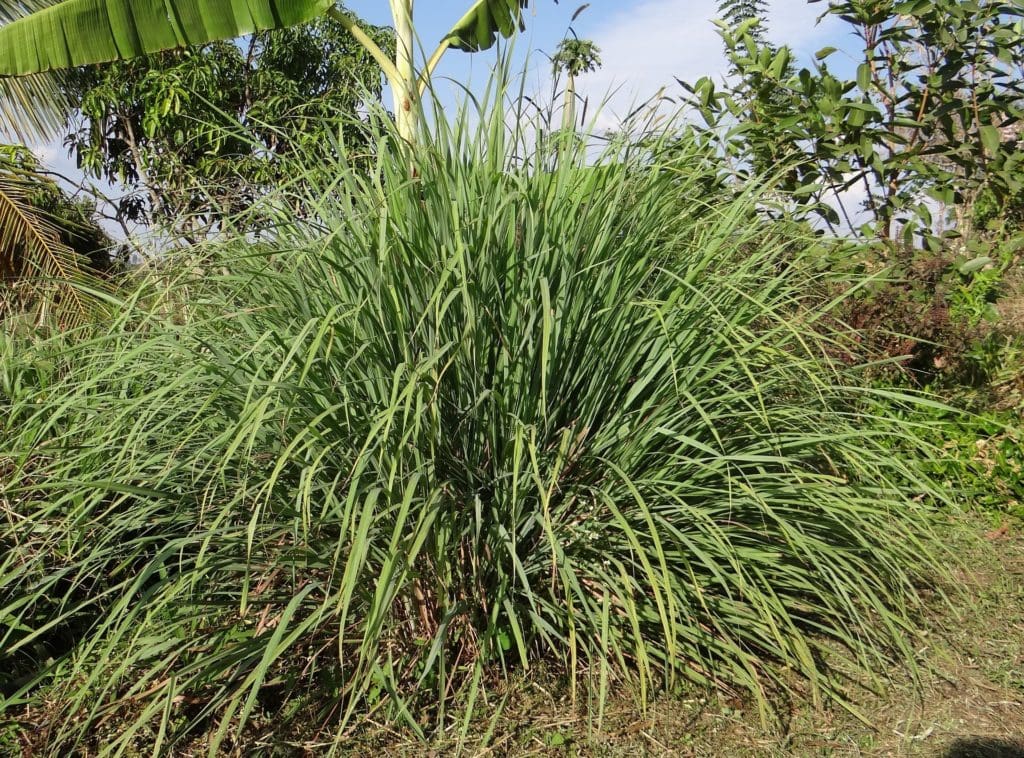
| Scientific name: | Cymbopogon |
| Climate: | Warm |
Lemongrass is a species of tropical grass that thrives in warm, humid climates and is perfectly happy to grow in the shade. Lemongrass has a variety of unique benefits, including the ability to make tea from it. It is also a natural mosquito repellent. The oils emit a bug repelling scent, making it a great ornamental barrier grass to plant around your outdoor spaces.
Lemongrass grows in clusters that feature long and thin strands. It is perfect to line a driveway, a lawn, or plant around a deck or porch. Lemongrass does best in partial shade, where it receives between 4 and 6 hours of sunlight per day.
 Ornamental Grass vs. Regular Grass
Ornamental Grass vs. Regular Grass
Many shade-tolerant types of grass are classified as ornamental. Ornamental grass is different from regular grass in that it cannot be walked on. Ornamental grasses are treated more like other barrier plants and garden flowers than they are grass. Ornamental grasses are planted for their appearance, and they often have shallow root systems that can easily be scorched by the sun. That is why many species of ornamental grass are good to grow in the shade.
Regular grass blankets a lawn and can be walked on and driven on. Regular grass is a great ground cover as opposed to a decorative plant. If you want to have a hardy species of grass that can be walked on, be sure that you are not confusing ornamental grass with lawn grass.
Tips For Caring For Shade Grass
The most important aspect of caring for shade-tolerant grass is managing its sunlight. Some grasses need close to 6 hours of sunlight per day, while other species can get away with as little as 4 hours of sun per day. Know what species of grass you have and look up its recommended amount of sunlight per day.
Many shade grasses have vulnerable root systems, especially when they are first planted. Planting shade-tolerant grass in the middle of the blazing summer will likely cause the baby roots to burn away and leave the grass struggling to survive.
Do not walk on ornamental grass. Do not overwater or overcut your lawn. Thin areas of heavy shade if you start to see your grass struggling. Move or rotate ornamental grasses if you see them struggling.
In many cases, leaving the grass to grow on its own in full sun is the best thing for it.
Conclusion
Many species of grass thrive in full sun. However, these eleven species of grass can grow in dappled, mottled, partial, or light shade. Each one of these species will grow best in a different area and has its own benefits. Whether you are looking for a thick groundcover or a unique ornamental grass, there is a species on this list that will work for you and your shady yard.
Featured Image Credit: Linn Lindstrom, Unsplash
Contents


